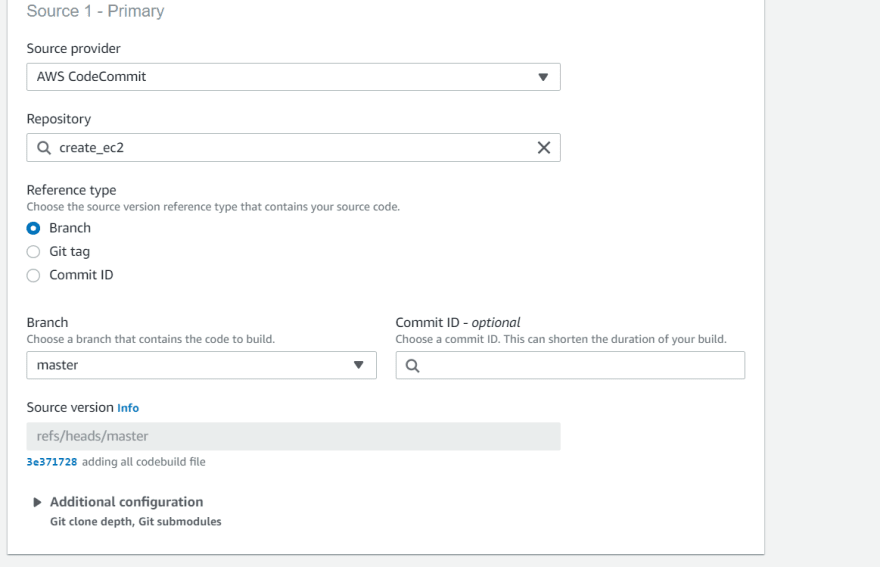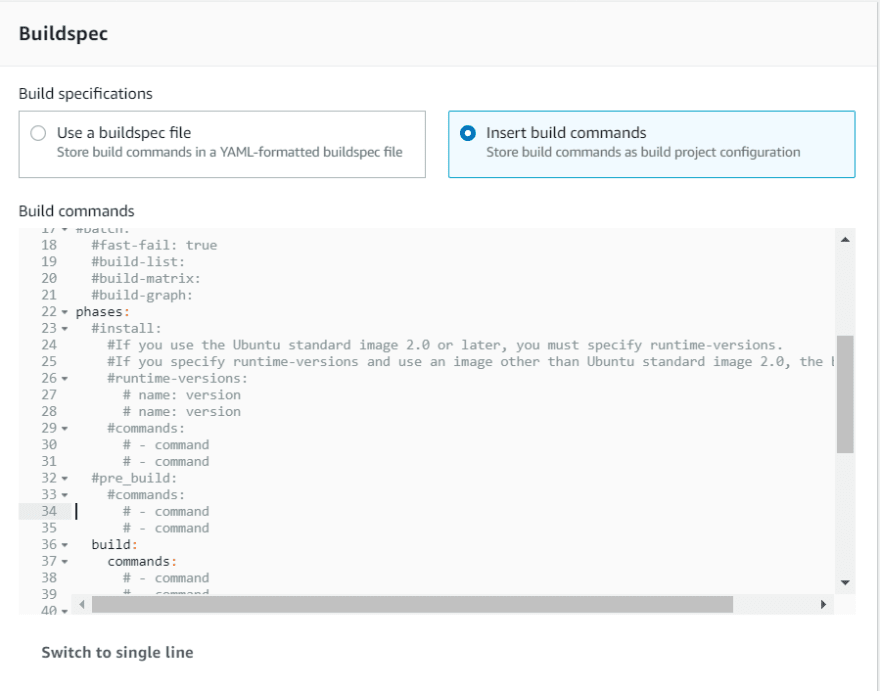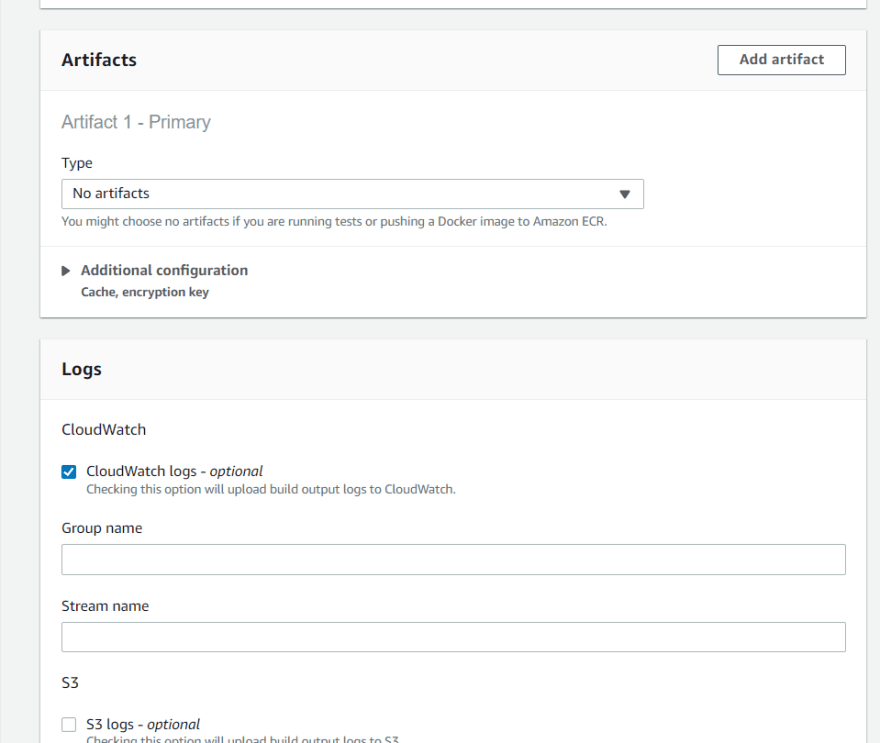Hey, my Self Santhosh Nimmala, I am Working with Luxoft as a Principal consultant (leading Cloud and DevOps in TRM space), in coming Articles I will be explaining about DevOps and DevTools with respective to AWS it will also have real world DevOps projects with Code and common DevOps Patterns , in this blog we are going to learn about AWS codebuild.
CodeBuild is a fully managed continuous integration and delivery service provided by Amazon Web Services (AWS). It allows you to automate the building, testing, and deployment of your code with pre-configured build environments, or you can create custom build environments that best suit your requirements. In this blog, we will explore the features of CodeBuild and how to use it to set up continuous integration and delivery for your projects.
Features of CodeBuild:
Fully Managed: CodeBuild is a fully managed service that eliminates the need for provisioning, configuring, and managing servers. It automatically scales to meet your build demands and provides the necessary resources to execute your builds quickly and efficiently.
Customizable Build Environments: CodeBuild provides pre-configured build environments with popular programming languages, such as Java, Python, Node.js, and Ruby. You can also create your custom build environments that best suit your needs.
Security and Compliance: CodeBuild provides a secure and compliant environment for building, testing, and deploying your code. It integrates with AWS Key Management Service (KMS) to encrypt your build artifacts, and AWS Identity and Access Management (IAM) to manage access to your builds.
Integration with Other AWS Services: CodeBuild integrates with other AWS services, such as AWS CodeCommit, AWS CodePipeline, and AWS Elastic Container Registry (ECR), to provide end-to-end continuous integration and delivery.
To use CodeBuild, you need to follow the following steps:
Create a CodeBuild Project: The first step is to create a CodeBuild project that defines the build settings, such as the build environment, source code location, build commands, and build artifacts. You can create a project using the AWS Management Console, AWS Command Line Interface (CLI), or AWS SDKs.
Configure the Source Code: The next step is to configure the source code that CodeBuild will use to build your application. You can use CodeCommit, GitHub, Bitbucket, or any other Git-based repository as your source code provider.
Build Your Code: Once you have configured the source code and the build project, you can start building your code by running the build project. CodeBuild will execute the build commands defined in the project and generate build artifacts, such as binaries, libraries, or Docker images.
Deploy Your Code: After the build is successful, you can deploy your code to the desired destination, such as an Amazon S3 bucket, an AWS Elastic Beanstalk environment, or an AWS Lambda function.
CodeBuild offers several advantages over other tools that organizations may use for their software development process. Some of these advantages include:
1) Fully Managed Environment: CodeBuild is a fully managed service that eliminates the need for provisioning, configuring, and managing servers. This means that organizations do not need to worry about infrastructure management and can focus on their core business activities.
2) Customizable Build Environments: CodeBuild provides pre-configured build environments with popular programming languages, such as Java, Python, Node.js, and Ruby. Organizations can also create their custom build environments that best suit their needs. This allows organizations to have greater control over their build environment, which can result in improved build times and overall productivity.
3) Integration with Other AWS Services: CodeBuild integrates with other AWS services, such as AWS CodeCommit, AWS CodePipeline, and AWS Elastic Container Registry (ECR), to provide end-to-end continuous integration and delivery. This means that organizations can create a complete DevOps pipeline using AWS services, without needing to integrate multiple third-party tools.
4) Scalability: CodeBuild automatically scales to meet the demands of an organization's build process. This means that organizations do not need to worry about capacity planning or infrastructure scaling, as CodeBuild can handle scaling automatically.
5) Security and Compliance: CodeBuild provides a secure and compliant environment for building, testing, and deploying code. It integrates with AWS Key Management Service (KMS) to encrypt build artifacts and AWS Identity and Access Management (IAM) to manage access to builds. This ensures that organizations can meet their security and compliance requirements
1) Go to AWS console and choose codebuild , then create a new project like below .
2) Project configuration give your project name and description and if you want any concurrent build limits please check the box and provide the number of builds and add Tags for best practices .
3) Provide where is your source code resides currently codebuild supports GitHub , bitbucket , s3 and Github enterprise it cannot support bitbucket enterprise .
I have chosen Codecommit as i have a repo hosted in code commit like below .

4) Now choosing the run time for your Build as codebuild run a docker container behind the scans you need to see what run time your application needs to compile and produce some build artifacts

for managed images you can see all runtimes available at below link link
if you didn't find your runtime in above link you can provide your own image from ECR .
5) Buildspec is nothing but a YAML file or set of commands you will pass to codebuild to execute on the container in order to compile and produce some artifacts usually it can be provided in codecommit repository but still you give this commands in the editor a typical buildspec file look like below .
or you can provide directly on console editor like below
6) Log and Artifacts can be configured like below .
7) finally you can create build project like below .
8) Finally how to execute a build , select codebuild project which you have created and click on start build like below .
Conclusion :-
In conclusion, using CodeBuild can significantly improve the operational efficiency of an organization's software development process. CodeBuild offers a fully managed environment with customizable build environments, secure and compliant build processes, and integration with other AWS services. By automating the building, testing, and deployment of code, organizations can save time, reduce errors, and increase the efficiency of their continuous integration and delivery pipelines. With CodeBuild, organizations can focus on delivering high-quality products and services to customers faster, while keeping costs under control. Overall, CodeBuild is a powerful and easy-to-use service that can help organizations achieve their operational efficiency goals.









Top comments (0)